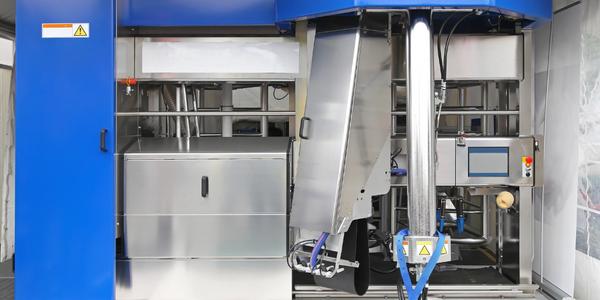Technology Category
- Cybersecurity & Privacy - Intrusion Detection
Applicable Industries
- Agriculture
- Packaging
Applicable Functions
- Procurement
Use Cases
- Agriculture Disease & Pest Management
- Predictive Waste Reduction
About The Customer
Misfits Market's customers are environmentally conscious individuals who are interested in putting their dollars toward better outcomes for the environment. However, they often struggle to navigate the food industry and its many different standards. Misfits Market helps these customers by purchasing items that would otherwise be wasted at a lower cost from suppliers, and passing that cost savings onto the customers. The company also curates a selection of items that customers can trust are having a positive impact on the climate, and educates them about the carbon emissions or water savings associated with the items they offer.
The Challenge
Misfits Market, an online grocer, is committed to making high-quality food more affordable and reducing food waste. The company is aware that 35% of food produced in the United States is wasted, contributing to a carbon footprint larger than that of the global airline industry. The challenge lies in sourcing and selling products that align with Misfits Market’s mission to reduce climate impact. This includes buying 'off specification' produce that is rejected by standard grocers for cosmetic reasons, such as size or discoloration, and selling products that are at risk of not finding a home due to reasons like nearing their expiration date or misprinted packaging. The company also aims to source products that promote better food systems, such as items with upcycled ingredients or those produced using regenerative agriculture.
The Solution
Misfits Market has developed a strategy to reduce food waste and emissions associated with it by creating a market for 'off specification' produce. The company works directly with farmers to buy this produce, which is often rejected by standard grocers for cosmetic reasons. Beyond produce, Misfits Market also focuses on offering products that lead to better outcomes, including packaged goods that are at risk of not finding a home due to reasons such as being too close to their expiration date or misprinted packaging. The company also sources products that promote better food systems, such as items with upcycled ingredients or items produced using regenerative agriculture. Additionally, Misfits Market invests time in optimizing its last mile routing and minimizing packaging to further reduce its environmental impact.
Operational Impact
Quantitative Benefit

Case Study missing?
Start adding your own!
Register with your work email and create a new case study profile for your business.
Related Case Studies.
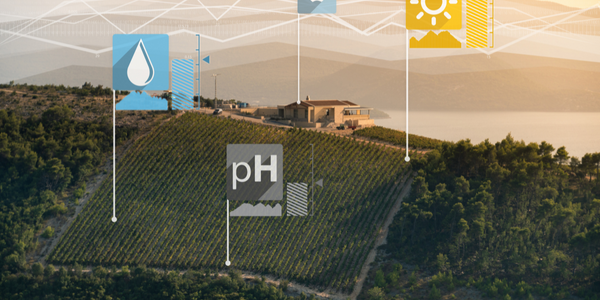
Case Study
Intelligent Farming with ThingWorx Analytics
Z Farms was facing three challenges: costly irrigation systems with water as a limited resource, narrow optimal ranges of soil moisture for growth with difficult maintenance and farm operators could not simply turn on irrigation systems like a faucet.
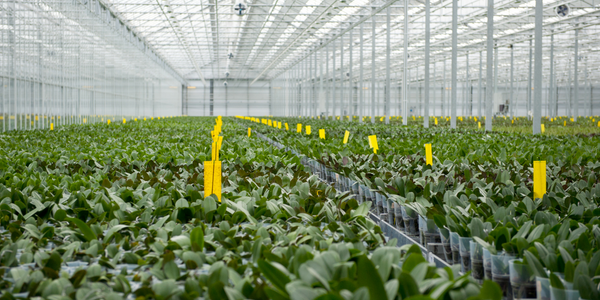
Case Study
Greenhouse Intelligent Monitoring and Control Solution
Farming Orchids is the most successful form of precision farming in Taiwan, and also the most exported flower. Orchids need a specific temperature and humidity conditions to grow and bloom, and its flowering time may not be in line with market demands, so the price collapses when there is overproduction. Therefore, some farmers began to import automated greenhouse control systems for breeding and forcing, which not only improves quality, but also effectively controls the production period and yield to ensure revenue. In 2012, an orchid farmer built a Forcing Greenhouse of about 200 pings (approximately 661 Square Meters) in Tainan, Taiwan. The system integrator adopted Advantech’s APAX-5000 series programmable automation controllers to build the control platform, coupled with Advantech WebAccess HMI/SCADA software, to achieve cloud monitoring. The staff of the orchid field can monitor important data anytime via smart phone, iPad, and other handheld devices, and control the growth and flowering conditions. System requirements: In the past, most environmental control systems of orchid greenhouses in Taiwan used PLCs (Programmable Logic Controller) with poorscalability and control, and could not be connected to the Internet formonitoring from the cloud. For advanced database analysis and networking capability, the PC platform must be adopted. Therefore, PAC Systems (Programmable Automation Controller) with both PLC programming capabilities andPC functions is a better choice.The environmental control of the Orchid greenhouse switches on and off devices like fan, shade net, cooling/heat pump, liquid flow control, water-cooling wall etc. It is controlled by a control panel of electric controllers, and is driven by a motor, to adjust the greenhouse temperature, humidity, and other environmental conditions to the set parameters.
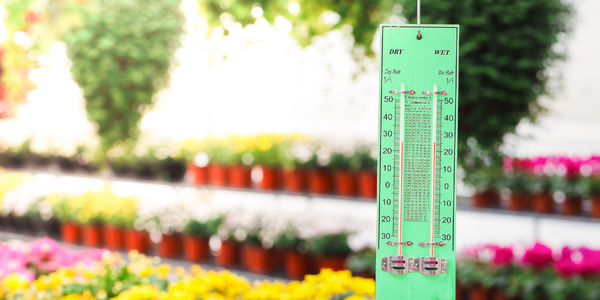
Case Study
Precision beekeeping with wireless temperature monitoring
Honeybees are insects of large economic value and provide a vital service to agriculture by pollinating a variety of crops. In addition, bees provide us with valuable products such as honey, beeswax, propolis, bee venom, etc. Monitoring of honeybee colony health, population, productivity, and environmental conditions affecting the colony health have always been exceedingly difficult tasks in apiculture. Research has shown that even small deviations (by more than 2°C) from the optimal temperatures have a significant influence on the development of the brood and the health of adult bees.
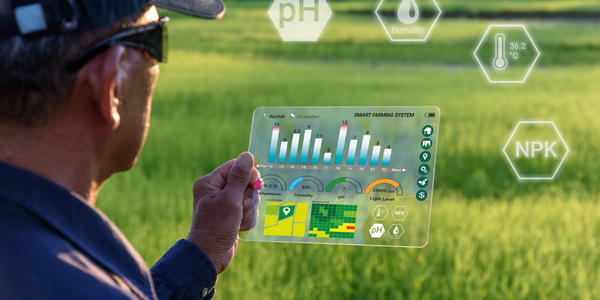
Case Study
Enabling Internet of Things Innovation in Agriculture
DigiBale, wanted to apply technology know-how and IP from implementations successfully to more agriculture sectors including cotton, forestry, sugarcane and cattle. However, farmers and growers still have worries about the connected technology.








